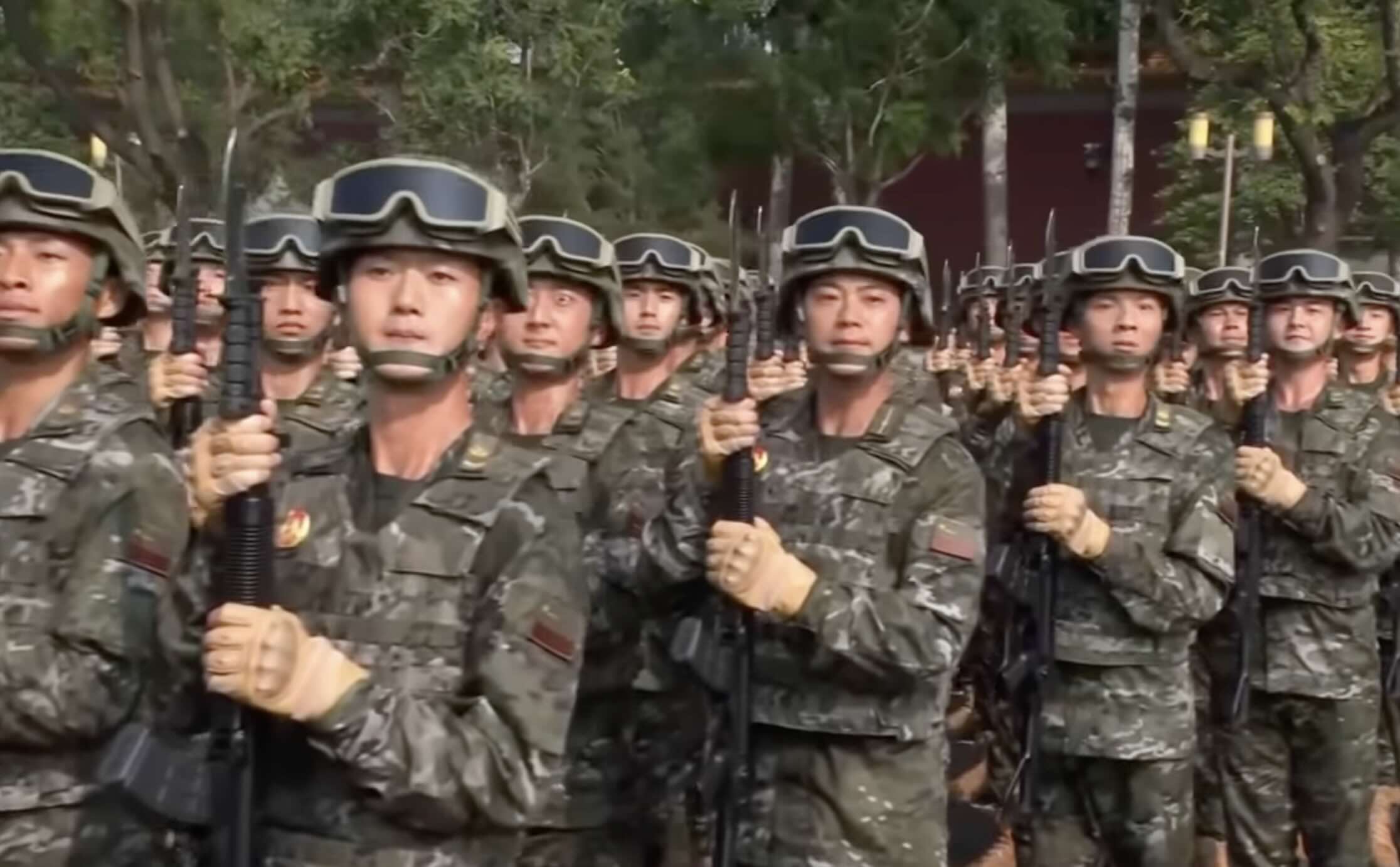


At the same time, developments inside China’s armed forces over 2023–25 suggest a more complex picture than a simple narrative of linear PLA rise. Open sources record a series of extensive removals, disappearances and party expulsions among senior officers, widely described as an intensifying anti-corruption and discipline campaign, and notable for their breadth across branches and commands.
These changes are closely linked to the position of Xi Jinping, who simultaneously serves as head of state, general secretary of the Communist Party and chairman of the Central Military Commission (CMC), the body through which the party exercises authority over the PLA. The CMC chairmanship is structurally tied to party leadership and consolidates control of promotions, discipline and doctrine in a single political centre.
In October 2025, China’s defence authorities confirmed the expulsion from the party and removal from office of General He Weidong, a CMC vice-chair often described as the military’s number-two figure, together with senior political officer Admiral Miao Hua and seven other high-ranking commanders. Only four of the seven CMC members elected in 2022 now remain in post, representing turnover at the very top of the command hierarchy without precedent in recent decades.
These announcements followed earlier cases that highlighted the vulnerability of even very senior officers. Former defence minister Li Shangfu disappeared from public view in 2023, was removed from his post in October that year and in June 2024 was expelled from the Communist Party on corruption charges, alongside his predecessor Wei Fenghe. Both men’s cases were transferred to military prosecutors, and their downfall formed part of a wider pattern of investigations inside the Rocket Force and other sensitive branches.
Analyses of these moves indicate that the campaign reaches across the army, navy, missile forces and internal security components, affecting theatre commanders, senior staff in specialised CMC departments and political officers. Commentators note that a sizeable share of those removed had direct experience of Taiwan-focused commands or of earlier operations abroad, meaning that the purge has reduced the pool of senior officers with operational backgrounds and long-standing networks inside the force.
Official statements present the removals as a response to corruption, mismanagement and failures in procurement and logistics, particularly in fields such as missile and air defence capabilities. External assessments broadly support the view that corruption is a serious problem, but also argue that the campaign has reinforced ideological discipline, strengthened the role of political work departments and increased the leverage of political commissars over line commanders at all levels.
This pattern sits alongside a longstanding structural feature of the PLA: centralised decision-making, a strong emphasis on party loyalty and relatively limited autonomy for mid-level officers. Studies of recent reform efforts highlight continued difficulties in developing highly skilled personnel and joint command capacity, even as the PLA acquires advanced platforms. The risk identified by many analysts is that repeated purges and politicised promotions may discourage initiative and slow decision-making in crisis conditions.
Externally, China’s military capacity is nonetheless expanding. Defence assessments indicate that China now fields the world’s largest navy by number of major combatants and is adding aircraft carriers, submarines and other blue-water assets while extending operations beyond the first island chain into the wider Pacific and Indian Oceans.
Activity around Taiwan illustrates the dual trend of modernisation and operational pressure. Data from Taiwan’s defence ministry show sharp increases in PLA air and naval sorties into Taiwan’s air defence identification zone since 2021, with record levels in 2024 and 2025, including frequent crossings of the Strait’s median line and large-scale joint drills. Monthly totals now routinely exceed several hundred incursions, signalling a sustained operational tempo despite leadership turbulence.
For the United States and its allies, including European partners, these developments shape an ongoing debate about resource allocation between the Euro-Atlantic and Indo-Pacific theatres. One emerging view is that Washington can maintain a central role in European security through NATO while relying on new and existing frameworks in Asia to distribute the burden of deterrence. In this context, the AUKUS partnership, focused among other things on nuclear-powered submarines and advanced capabilities, and the Quad diplomatic framework between the US, Japan, India and Australia, are presented as key instruments for managing the regional balance with China.
Taken together, the evidence suggests that the PLA combines significant advances in equipment, numbers and regional reach with internal tensions over corruption, loyalty and command. For planners in Washington, European capitals and Indo-Pacific partner states, assessing the real balance between these strengths and weaknesses is central to judging how far China currently matches the world’s leading armed forces, and how quickly that gap may narrow.
Japan Is Right to Prepare for Military Action if China Strikes Taiwan
Greater Cooperation with Ukraine in the Defence Industry as a Strategy to Avoid War